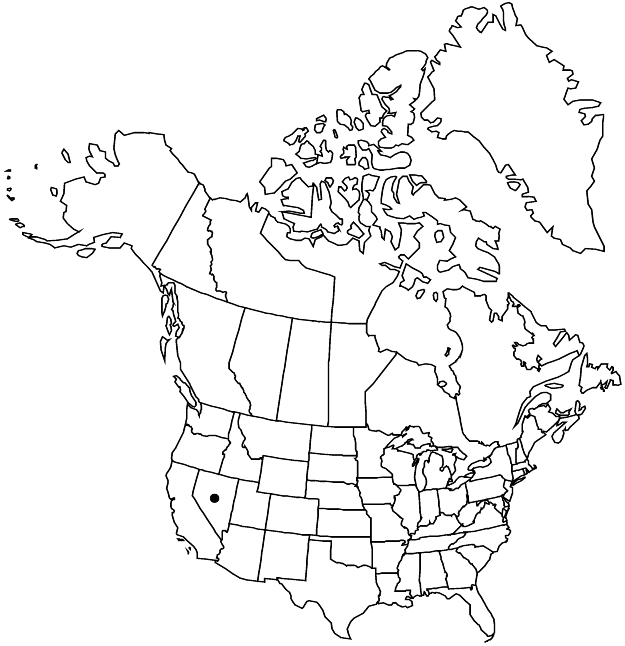Difference between revisions of "Eriogonum diatomaceum"
Novon 12: 87, fig. 1. 2002.
FNA>Volume Importer |
imported>Volume Importer |
||
| Line 48: | Line 48: | ||
|publication year=2002 | |publication year=2002 | ||
|special status= | |special status= | ||
| − | |source xml=https:// | + | |source xml=https://bitbucket.org/aafc-mbb/fna-data-curation/src/2e0870ddd59836b60bcf96646a41e87ea5a5943a/coarse_grained_fna_xml/V5/V5_528.xml |
|subfamily=Polygonaceae subfam. Eriogonoideae | |subfamily=Polygonaceae subfam. Eriogonoideae | ||
|genus=Eriogonum | |genus=Eriogonum | ||
Latest revision as of 22:11, 5 November 2020
Herbs, matted or slightly spreading, scapose, 0.5–2 × 0.5–2.5 dm, tomentose, grayish. Stems spreading, with persistent leaf bases, up to 1/4 height of plant; caudex stems matted or slightly spreading; aerial flowering stems scapelike, erect, slender, solid, not fistulose, (0.4–)0.5–1.5(–2) dm, tomentose. Leaves sheathing up flowering stem (1.5–)2–4 cm, 1 per node, fasciculate in terminal tufts on stemless caudex branches; petiole (0.3–)0.5–1.5(–1.8) cm, tomentose; blade elliptic, (0.5–)0.8–2(–2.3) × (0.3–)0.5–1.2(–1.8) cm, densely grayish-tomentose on both surfaces, margins plane. Inflorescences capitate, 1–1.5 cm wide; branches absent; bracts 3–8, elongate-triangular to triangular, scalelike, 1–3 mm, tomentose. Peduncles absent. Involucres 5–10 per cluster, turbinate, (2.5–)3–4.5 × 2–3 mm, rigid, tomentose; teeth 5–7, erect, 0.6–1 mm. Flowers (1.5–)2.5–3 mm; perianth creamy white, glabrous; tepals connate proximal 1/3–1/2, monomorphic, oblong-ovate; stamens exserted, 3–3.5 mm; filaments sparsely pilose proximally. Achenes light brown, 2–2.5 mm, glabrous.
Phenology: Flowering Jun–Sep.
Habitat: White, chalky slopes, saltbush communities
Elevation: 1300-1400 m
Discussion
Of conservation concern.
Eriogonum diatomaceum is known only from a few scattered populations in the Churchill Narrows area south of Fort Churchill State Park in Lyon County, occurring on silty diatomaceous deposits of the Coal Valley Formation. It is considered a “sensitive” species in Nevada, and is also a candidate for federal endangered listing, U.S. Fish and Wildlife Service.
Selected References
None.
